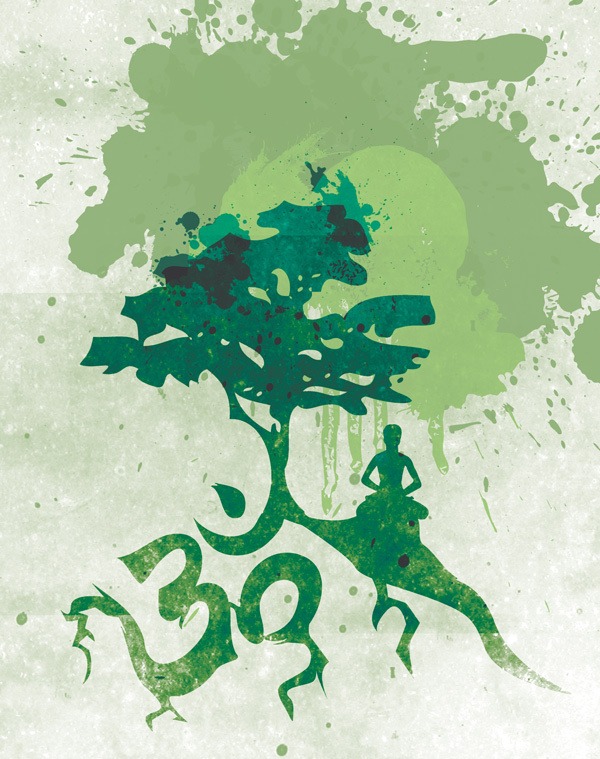A common mode of worship which’s been existence since the advent of religions is the utterance of sacred mantras. Chanting supposedly elevates man to the abode of the Divine. ‘Om’ is one such mystic sound – which happens to represent the sound of the Infinite. It’s the central chord that reverberates the vast thoughts and beliefs of the dharma.
A 14-year-old has wowed city scientists with her discovery of the impact of the ‘Om’ sound in reducing fatigue. Anwesha Roy Chowdhury, a Class-IX student of Adamas World School, topped the recently held Science Congress organized by the state government.
An-we-sha, who likes to spell her name thus, since ‘anweshan’ in Bengal means ‘search’, told Times of India, “I found that sounds with a particular frequency, if heard or recited right, raises the level of neurotransmitters and hormones like serotonin, dopamine, DHEA etc. Because of their vasodilatory actions, the oxygen level in blood soars. It also produces less lactic acid and allows the person to act without fatigue.”
Consisting of a triad of sounds, namely ‘a’ pronounced like the ‘u’ in ‘cut’, ‘u’ pronounced like the ‘u’ in ‘put’ and last but not the least, ‘m’. These three are known to constitute and enfold within themselves the entire universe of sounds. For, ‘a’ is with which the human mouth is open to utter any word. ‘U’ is what allows the tongue maximum motion for any position from the palate to the lips and ‘m’ is formed when the lips are sealed to remain silent.
It all began when Anwesha visited Uttarakhand, where she “found some priests carrying water from Bageshwar to Kedarnath, covering 68km every day, without tiring. The priests sang a tune all along. There was no way she could reproduce the same mantra for her experiments. So Anwesha started looking for a similar tune.
The esoteric implication and of the myriad of meanings they stand for, the syllables are believed to stand for ‘creation’, ‘preservation’ and ‘destruction’ – representing the Trinity – Brahma, Vishnu and Shiva, according to Hindu mythology.
Further, it reveals the three mantras which represent different levels of consciousness. ‘A’ standing for the primary stage of wakefulness wherein we experience the world grossly through our senses and mind, forming totality in our external experience. ‘U’ stands for the state of dream-sleep where the mind is not only wide awake but hazy and vulnerable as well. It can also be interpreted as a stage of doubt when a man may question his own existence. The state of oblivion, where there exists no consciousness is represented by ‘m’.
‘Om’ is the imperishable word. It’s the universe, and this is the exposition of ‘Om’. The past, the present, and the future, all that was, all that is, all that will be is ‘Om’. Likewise, all else that may exist beyond the bounds of time, that too is ‘Om’.
“Finally, a tune with 430+ Hz frequency clicked. In five experiments in various laboratories, I measured the oxygen and carbon dioxide levels of 17 adults while listening to the tune for 30 minutes, and there was an increase of oxygen level and decrease in carbon dioxide in their bodies,” Anwesha said.
By Rajath K Rajeev



